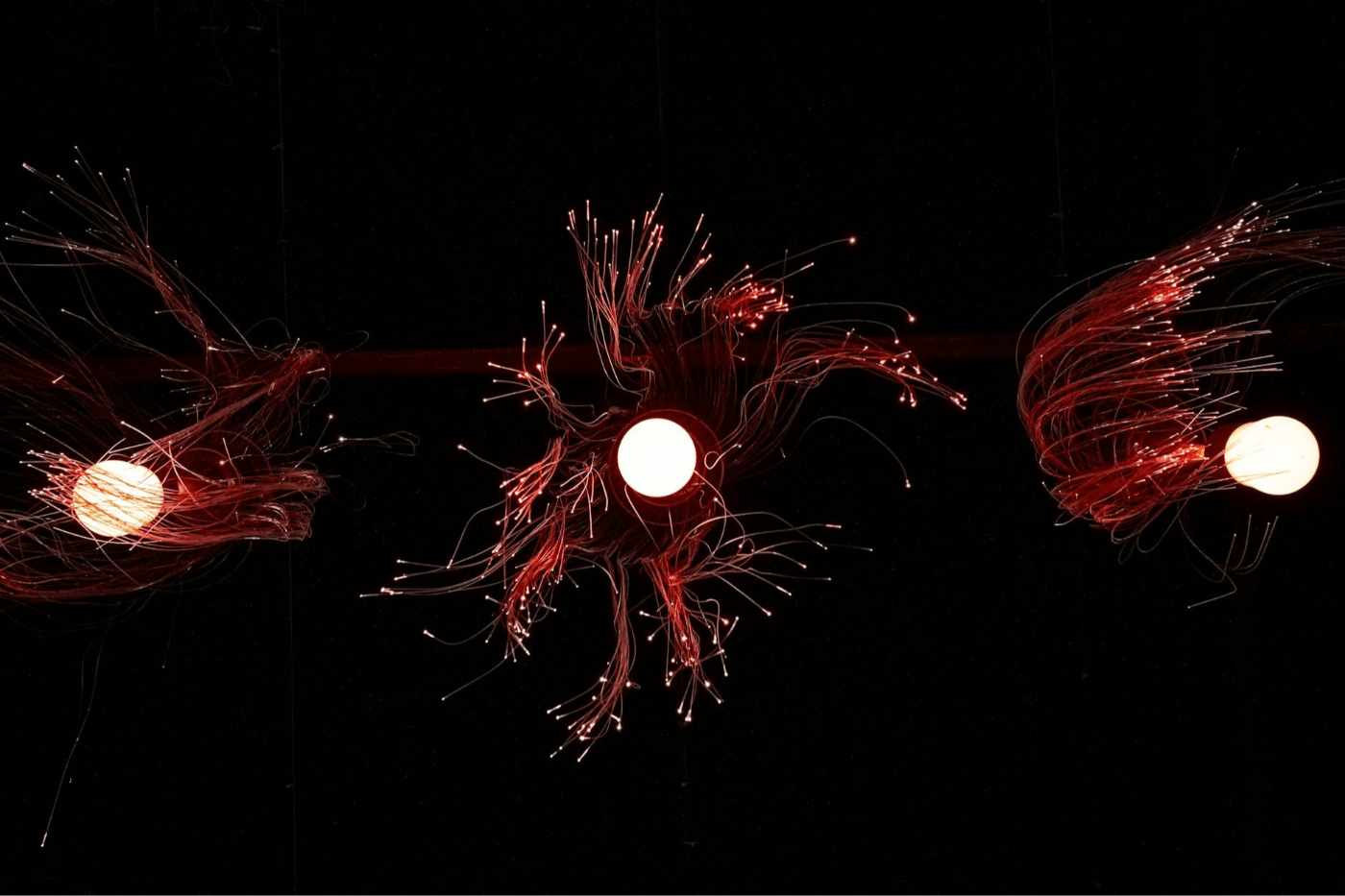This paper is available on arxiv under CC 4.0 license.
Authors:
(1) Terence Blésin, Institute of Physics, Swiss Federal Institute of Technology Lausanne (EPFL) & Center of Quantum Science and Engineering (EPFL);
(2) Wil Kao, Institute of Physics, Swiss Federal Institute of Technology Lausanne (EPFL) & Center of Quantum Science and Engineering (EPFL);
(3) Anat Siddharth, Institute of Physics, Swiss Federal Institute of Technology Lausanne (EPFL) & Center of Quantum Science and Engineering (EPFL);
(4) Alaina Attanasio, OxideMEMS lab, Purdue University;
(5) Hao Tian, OxideMEMS lab, Purdue University;
(6) Sunil A. Bhave, OxideMEMS lab, Purdue University;
(7) Tobias J. Kippenberg, Institute of Physics, Swiss Federal Institute of Technology Lausanne (EPFL) & Center of Quantum Science and Engineering (EPFL).
Table of Links
-
Results
D. Pulsed transduction
Quantum-enabled operation, where the added noise referred to the transducer input is less than one quanta, would require concurrently attaining high conversion efficiency and low output noise. As the three-wave mixing interaction is parametric in nature, the associated cooperativity and hence efficiency can in principle be enhanced by boosting the optical pump power. A potential trade-off is nevertheless the subsequently increased thermal noise. While the high resonance frequency of the transduction HBAR already helps suppressing this noise to some extent, additionally employing a pulsed pump presents a number of utilities. Reducing the integrated optical power serves as an effective measure to mitigate thermal load onto the cryostat as well as pump-induced noise while maintaining high peak power. Quantumenabled operation has in fact been achieved with this strategy by a bulk electro-optic transducer employing Watt-scale optical pumping [36]. Gate-based superconducting quantum computers too function inherently in the pulsed regime. As such, we characterize our transducer in both frequency and time domains with a pulsed optical pump to evaluate its compatibility with these cryogenic microwave circuits as well as its potential for quantum-enabled operation.
To study pulsed bidirectional transduction, we choose a pulse-on time τon = 1 µs and a repetition rate frep = 100 kHz. We program the pulse sequence such that the increase in temperature, and hence acoustic mode thermal occupancy due to optical heating, is expected to be inconsequential (Appendix C 3). First, we measure the up-conversion efficiency, summarized in Fig. 4a, using the same heterodyne method as in the CW case (Fig. 3). The pulsed optical pump mediates transduction of a CW microwave input into a pulsed optical output. This optical pulse comprising both the up-converted output and pump is then down-mixed by the LO, resulting in a microwave pulse whose frequency content can be probed via an ESA. The measured efficiency exhibits reasonable agreement with CW data. Additionally, the down-converted microwave pulse envelope in the time domain provides an independent measure of the transducer bandwidth—a key metric for qubit-photonic interconnects [7, 8]. With the pulsed pump set in the twomode squeezing configuration, an optical input pulse is converted on-chip into a microwave pulse with a carrier frequency ωEOM = ωm through difference frequency generation. The time-domain dynamics of the pulse envelope is captured through phase-sensitive demodulation using a digital lock-in amplifier. As shown in Fig. 4b, we observe that the pulse envelope is consistent with the step response of the lock-in integrator, which has a bandwidth of 5 MHz, or an RC time constant τRC = 30 ns. The lock-in bandwidth therefore sets a lower bound for the transducer bandwidth.

